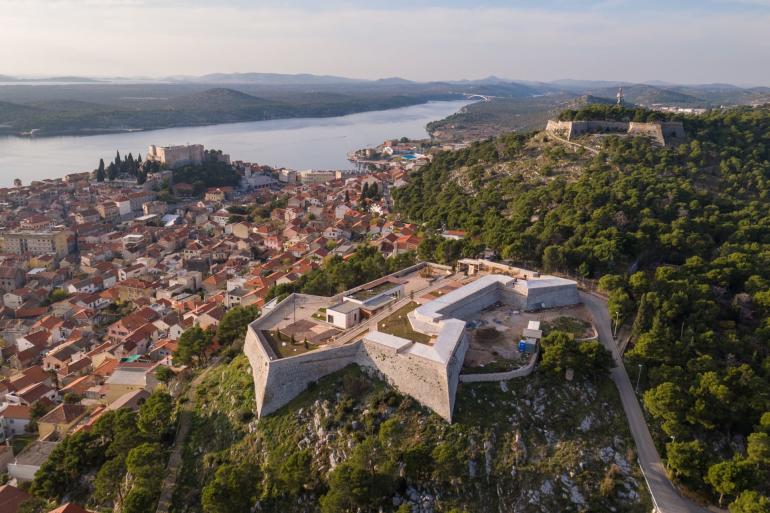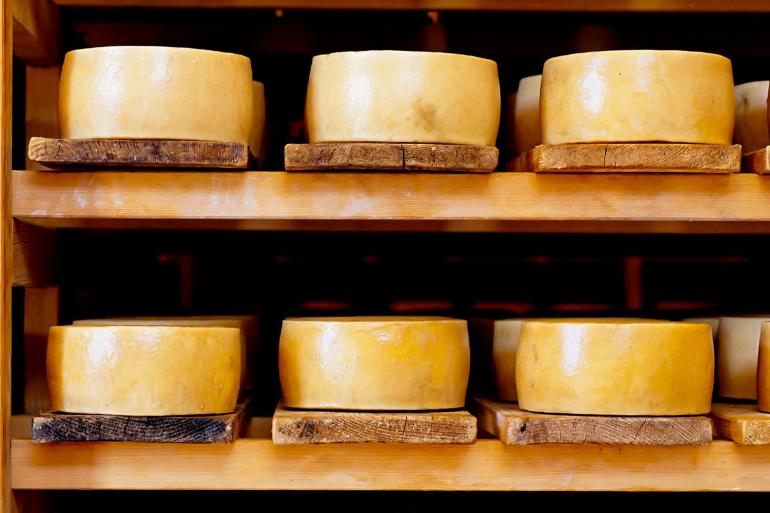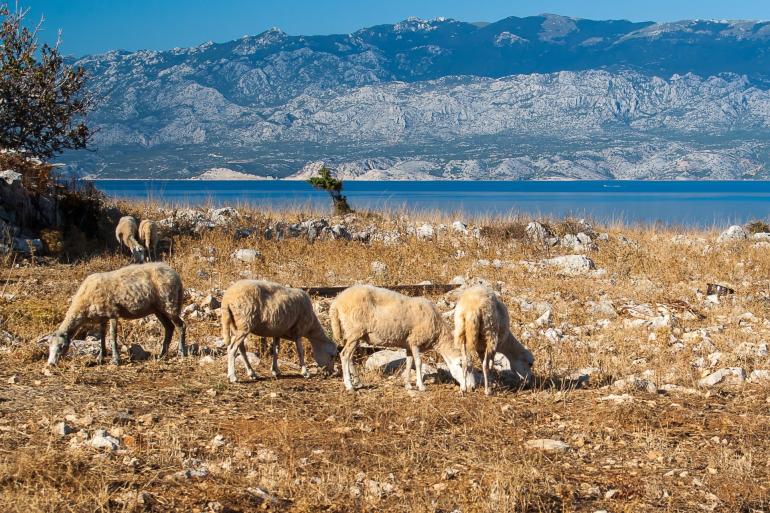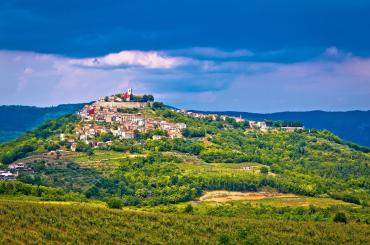Discovery was made after analysis of the fatty residue in 7.200-year-old clay vessels collected from two Neolithic villages on Croatia's Dalmatian coast, near the city of Šibenik - Pokrovnik and Danilo Bitinj. Back in Neolithic, fermented dairy goods weren’t only a delicious meal served just for savouring the taste of it. It was an important source of calories for people living in a harsh world. But Neolithic cheese had an aroma you might recognize today...
# Why did cheese making started anyway?
Early humans appeared to have started handling milk soon some 10.000 years ago after cows, goats, and sheep were domesticated. Back then, people inhabiting Dalmatia were lactose-intolerant. So, why were they milking animals if they couldn’t consume milk without severe gastrointestinal distress? Fermentation involved in producing soft cheese and yoghurt made dairy a little more palatable for their sensitive stomachs. This was confirmed by a genetic analysis.
“Beyond childhood, the ancient people who lived in the region couldn't digest milk”, says study author Sarah McClure, an environmental archaeologist at Pennsylvania State University whose findings were published in the journal PLoS ONE.
 Photo courtesy of Sky Action
Photo courtesy of Sky ActionDiscovery was made near the city of Šibenik by a team led by Sarah McClure, an environmental archaeologist at Pennsylvania State University
#2 The discovery was accidental
The researchers of the latest study didn't set out to find cheese but were interested in Mediterranean food storage. They turned to two Neolithic sites near the coast of Croatia. Having collected pottery shards that date to between 6,000 and 5,000 B.C, they extracted traces of fats from the surface of the pottery and analyzed them based on mass and their carbon isotope fingerprints to figure out whether they came from meat, liquid milk, or cheese.
Overall, the lipids seemed to cluster in a few different groups depending on the type of pottery, says McClure. Some pottery types seemed to have been used to store milk, some seemed designated for meats, and a few might have been used for cheese.
 Photo: Natalia Bratslavsky
Photo: Natalia BratslavskyPag Cheese is delicious because the sheep graze on the wind swept, salty and aromatic vegetation
#3 How did the cheese taste like, 7200 years ago?
It was sort of a fresh, firm cheese, explains Sarah McClure. She said that ancient cheese was not as squishy as a ricotta. “It had a little more heft to it. It was more like a farmer's cheese or perhaps like a feta", she states.
#4 Where are those Neolithic “cheese villages” located?
Pokrovnik and Danilo Bitinj sites are located just outside of medieval royal Croatian city of Šibenik. If you are in for a visit to Šibenik, make sure to check out something other the cheese. Impressive fortification architecture with four stunning fortresses, for example. Together with the Cathedral of St. James, these count as the city's most popular attractions.
Situated in a charming bay on the mouth of the beautiful Krka River, which is protected as a national park, Šibenik will provide you with an experience of a slow life on captivating Dalmatian coast.
 Photo: Lukasz Nowak
Photo: Lukasz NowakThe sheep on the island of Pag eat on open pastures; aromatic herbs and sea salt give a special taste to the cheese made from their milk
#5 What is the best cheese made in Dalmatia - today?
In present times, Pag cheese is the most prestigious and most awarded sheep milk cheese in the region. The island of Pag is located hour and a half’s drive from Šibenik, and its famous for long sheepherding tradition. The sheep here eat on open pastures with aromatic herbs giving a special taste to the cheese made from their milk.
Pag is an island with scarce vegetation, but there are some Sage and Immortelle (sometimes also called the curry plant) and they both help give the Pag cheese that special taste. Bura, a strong wind blowing over the Velebit channel picks up and carries a lot of Adriatic sea salt, which contributes to the specific vegetation and quality feeding of Pag sheep. You can be a part of it if you are into forgetting about the stress of urban life, and willing to take care of sheep, while learning how to make Pag cheese.



